- Audi
- Sebastian Gramstat
- Euro 7
- European Tyre and Rim Technical Organisation
- ETRTO
- U.S. Tire Manufacturers Association
- USTMA
In Need Of Uniform Regulation For Emissions
- By Sharad Matade & Gaurav Nandi
- June 30, 2025
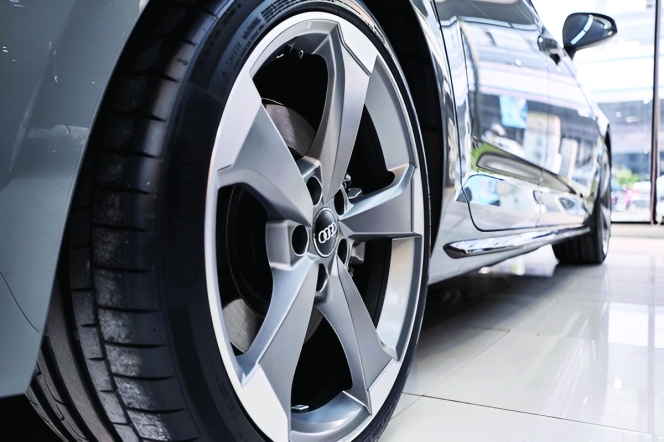
As vehicle emissions regulations evolve, the lack of global uniformity is becoming a growing concern for OEMs and tyre manufacturers. With disparate standards across regions, companies are forced to navigate a complex regulatory maze, straining research and development and production resources. The shift towards electric mobility coupled with heightened focus on non-tailpipe emissions, such as tyre and brake abrasion, further amplifies the need for harmonised frameworks. Industry leaders including Audi’s Sebastian Gramstat argue that collaboration across borders and sectors is essential not just for compliance but for meaningful progress in sustainability and innovation.
Tyre regulations are rules and standards established to ensure that tyres used on vehicles meet safety, environmental and performance criteria. The impetus on new and updated regulations is also growing across regions to reduce pollution brought about by tyre abrasion, rolling noise etc.
The ECE R30, ECE R117, EU Tyre Labelling Regulation (2020/740), which is implemented within the European countries, or JIS Standards of Japan, CCC Certification of China, AIS 142 and BIS Certification of India and FMVSS, DOT Code and UTQG of the United States are different region-specific regulations aiming for a same outcome.
But the vastness of these regulations poses as a challenge for automobile OEMs and tyre makers alike as a lot of energy and resources have to be diverted within production and research and development lines to meet these standards.
Furthermore, the advancement of electric mobility and changes in vehicle dynamics are also slated to impose new regulations worldwide. Hence, the need for a uniform regulation has become a precondition.
Speaking to Tyre Trends on the need for uniform regulations, Dr Sebastian Gramstat, Senior Expert Development Brake System, Audi AG, averred, “Our company delivers products globally and having a unified standard is far more efficient than navigating a patchwork of regional requirements and regulations. Harmonisation brings clear operational and strategic advantages. That’s why we actively support and participate in standardisation and harmonisation working groups.”
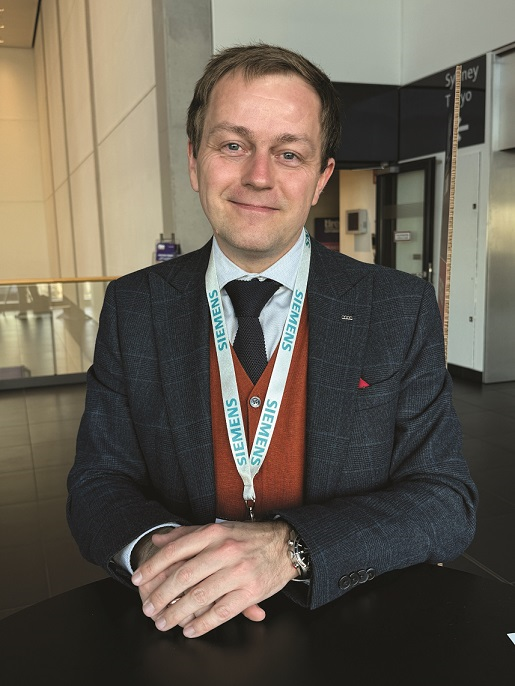 “The European Union is involved through bodies such as the Joint Research Centre (JRC), but we also recognise the unique demands of other markets, particularly the US, where customer expectations can diverge significantly. These are often beyond the immediate scope of EU regulators. Our role is to help connect these dots by facilitating dialogue, sharing insights and contributing to building a global standard that benefits the entire ecosystem. We believe this collaborative approach is not only useful but essential to moving the industry forward,” he added.
“The European Union is involved through bodies such as the Joint Research Centre (JRC), but we also recognise the unique demands of other markets, particularly the US, where customer expectations can diverge significantly. These are often beyond the immediate scope of EU regulators. Our role is to help connect these dots by facilitating dialogue, sharing insights and contributing to building a global standard that benefits the entire ecosystem. We believe this collaborative approach is not only useful but essential to moving the industry forward,” he added.
The need for uniformity is exacerbated as OEMs and tyre makers continuously amp up research and development efforts to curb noise and air pollution from tyres. “Noise pollution, particulate matter or overall tyre wear remains a challenge. And the first step to tackle it is collaboration to develop a standardised method for accurately measuring tyre abrasion and wear. We are also working on such collaborations. Without reliable quantification, you can’t evaluate whether any mitigation measure is actually effective,” said Dr Gramstat.
He added, “This method needs to be robust, applicable across a wide range of real-world scenarios and globally accepted. That’s why we’re collaborating not only with industry partners and academia but also with regulatory authorities. This effort is taking place under the auspices of the United Nations and involves close coordination with national bodies, ministries and the European Commission. The goal is to ensure that the methodology we develop isn’t just technically sound but also internationally harmonised with Euro 7 regulations and integrated into UN regulations so it can be implemented consistently across Europe, North America, Asia and beyond.”
THE EURO 7
Tyres are a crucial component of overall vehicle design to the extent that many OEMs have dedicated in-house departments focused solely on tyre development, including Audi AG. While tyres aren’t developed in isolation, the process involves close collaboration with manufacturers to meet specific, often bespoke, requirements. These custom specifications ensure the tyre aligns with the car’s performance targets and regulatory demands including type approval.
When selecting a tyre, OEMs weigh multiple parameters; safety, performance and comfort are chief among them. But increasingly, attention is also given to sustainability and economy. Factors like tyre abrasion, longevity and fuel efficiency are becoming just as critical, particularly as regulatory frameworks begin to formalise such requirements.
Ultimately, the process involves balancing trade-offs. As Dr Gramstat put it, no tyre can deliver 100 percent on every metric. The goal is to find the best possible compromise – one that supports a premium product and meets both regulatory standards and consumer expectations.
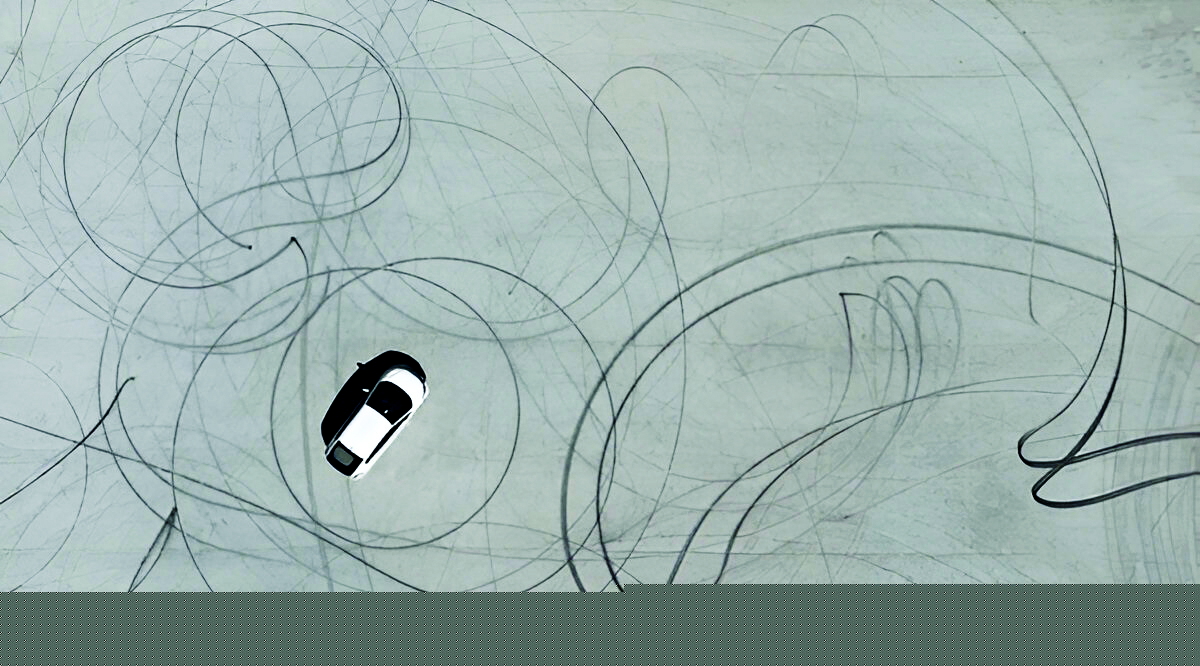
Euro 7 is the upcoming EU vehicle emissions regulation set to take effect from 2025 for cars and vans and 2027 for trucks and buses. It introduces stricter limits on nitrogen oxides, carbon monoxide and particulate emissions, covering both combustion and electric vehicles.
It also regulates brake and tyre emissions and requires compliance under real driving conditions. It aims to cut air pollution, support the European Green Deal and standardise emission rules across vehicle types.
Alluding to whether the industry is ready to adopt the regulation, Dr Gramstat noted, “The industry is well-positioned for adoption. The European Tyre and Rim Technical Organisation (ETRTO) plays a central role in coordinating the efforts of tyre manufacturers across the continent, including legacy European brands and Asian manufacturers, with research and development and production facilities in Europe. Beyond Europe, we’re seeing strong international engagement. U.S. Tire Manufacturers Association (USTMA) is actively involved, and on the global standards side, ISO is working in parallel to develop the necessary technical frameworks. Stakeholders from China are also contributing significantly. This is no longer just a regional conversation but a truly global initiative. Experts from continents are collaborating to align regulatory, technical and industrial priorities, ensuring the tyre industry is prepared to meet the evolving demands of Euro 7 and beyond.”
Further outlining the impact of the regulation, he said, “Tyre manufacturers have largely operated under internal benchmarks for metrics like mileage and abrasion till date. Euro 7 represents a shift towards formal regulation, creating a harmonised framework that applies to the entire industry. This will undoubtedly influence existing design priorities. There’s a complex interplay between various tyre performance criteria such as wet grip, rolling resistance, noise and abrasion. Regulatory limits on one can impact the others, so the challenge will be to minimise trade-offs while maintaining overall performance. At this stage, it’s difficult to offer a one-size-fits-all answer. The impact will vary depending on vehicle type.”
REPLACEMENTS
Premium automobile OEMs like Audi have been using tyres from premium European tyre makers for decades. But as the status of Asian manufacturers changes, there might be room for such companies within the supply chain of premium car makers.
“At the end of the day, it’s not about the brand label but meeting the technical and performance specifications we define. Whether a supplier operates in the premium or high-volume segment, what matters is its ability to fulfil our requirements. If a manufacturer can meet those benchmarks and is willing to collaborate and co-develop with us, then they’re absolutely welcome. Competition in the supplier landscape is a positive force. It drives innovation, efficiency and ultimately better outcomes for the end consumer. We believe valuable ideas can come from any corner of the market and we’re open to partners who share our commitment to quality, performance and progress,” said Dr Gramstat.
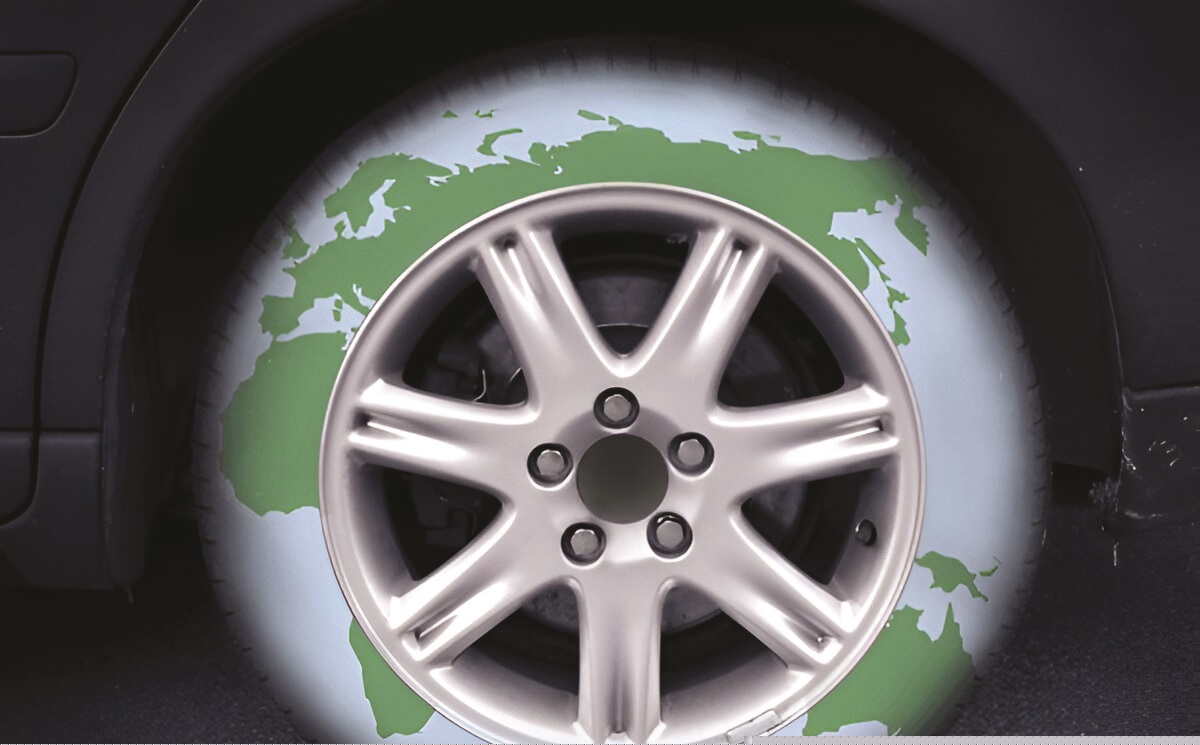
He also acknowledged that there is a growing trend within the company to include tyres made from renewable and recycled materials. “The move towards sustainable materials is more than a marketing exercise. It’s becoming embedded in product development strategies across the industry. We’re already seeing recycled content being integrated into certain product lines, and the ambition from suppliers to scale this up is very real. What’s encouraging is that this isn’t limited to one-off pilot products. There’s genuine momentum towards making sustainability a core part of tyre manufacturing. For us, this aligns with our broader sustainability goals, and we see it as a critical area of innovation moving forward,” said Dr Gramstat.
However, the executive emphasised the importance of maintaining a balance too. According to him, sustainability is just one of several key factors in vehicle design while others include safety, comfort, performance and cost. He stressed that no single aspect, including sustainability, could come at the expense of another.
To meet these multi-dimensional goals, additional research and development efforts are required to create a product that meets safety and performance standards while also addressing environmental concerns. Economy remains a consideration as well. Internal research conducted under a European-funded project suggested that customers are, in fact, willing to pay a premium for more sustainable products but only up to a point. Price sensitivity remains a limiting factor.
Turning towards next-generation tyre concepts such as airless tyres, Dr Gramstat noted that innovative ideas like this were once viewed as distant possibilities but are now gaining traction. He cited the LEON-TI project from four years ago, in which airless tyre prototypes were first explored. Since then, similar concepts have been tested by various companies, including in pilot programmes for commercial delivery fleets in Asia.
Although these innovations show promise, particularly for reducing noise emissions and improving durability, they are still in advanced development stages.
THE FUTURE IS CHANGING
As the automotive industry moves towards electrification, the conversation around ‘zero-emission’ vehicles is evolving. Dr Gramstat acknowledged that while electric vehicles eliminate tailpipe emissions, other sources of pollution such as brake and tyre abrasion remain unaddressed in regulatory terms.
Currently, there are no standardised methods for measuring particulate emissions from these sources, but the industry is actively working on it. According to the executive, regulatory bodies and stakeholders are collaborating to develop measurement frameworks. Once these standards are in place, automakers will be able to quantify non-tailpipe emissions and provide a more accurate assessment of a vehicle’s overall environmental footprint.
The executive stressed that collaboration across the value chain is essential, especially between vehicle manufacturers and tyre companies. Such partnerships already exist within serial and advanced development efforts, including participation in the United Nations’ GRBP task force, which brings together manufacturers, tyre associations and regulators to advance tyre abrasion standards.
Weight reduction remains another key challenge. Automakers continue to look for ways to decrease vehicle mass but face constraints. Safety regulations now require more sensors and electronic control units (ECUs), which cumulatively increase vehicle weight. Although each component adds little individually, the growing number of sensors and accompanying wiring has a significant cumulative impact.
As for tyre development, the question of smart tyre was also addressed. While such technology offers valuable insights during research and development phases, Dr Gramstat expressed scepticism about its near-term viability for mass-market vehicles.
Infiniteria Appoints Kajsa Ryttberg-Wallgren As Chief Executive
- By TT News
- December 03, 2025
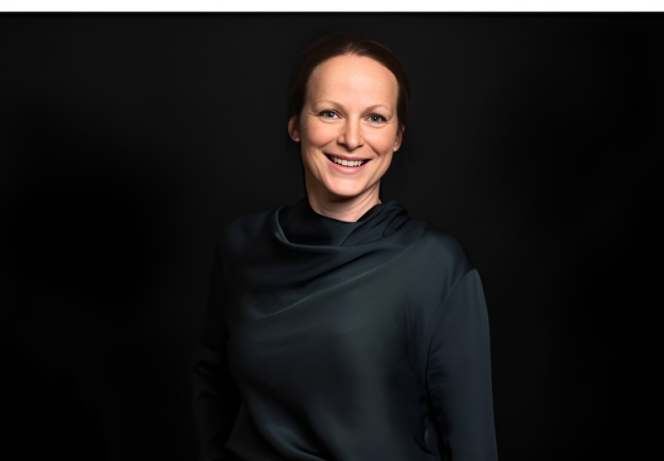
Infiniteria, the tyre recycling joint venture backed by Scandinavian Enviro Systems, Antin Infrastructure Partners and Michelin, has named Kajsa Ryttberg-Wallgren as its new chief executive as the company moves into a phase of industrial expansion.
Ryttberg-Wallgren, who has taken up the role on 1 December, succeeds Stefano Madeddu. She most recently served as chief growth officer at Stegra, a Swedish green steel venture. Her earlier career includes senior positions at PIAB, Yara International, Sandvik and Sapa, giving her broad experience in scaling industrial operations internationally.
The appointment signals a shift in leadership priorities at Infiniteria, with an emphasis on what the company describes as “industrial logic and value creation”. Announcing the move, Anand Jagannathan, senior partner at Antin Infrastructure Partners’ NextGen strategy, said: “We are delighted to welcome Kajsa Ryttberg-Wallgren as CEO of Infiniteria. She offers a strong combination of Swedish industrial experience, a track-record in international expansion and strong sustainability credentials, all of which are highly relevant for Infiniteria and the journey ahead of us.”
Enviro is developing a full-scale tyre recycling plant near Uddevalla on Sweden’s west coast, expected to be Infiniteria’s inaugural site. The venture aims to build additional facilities across Europe to process end-of-life tyres using Enviro’s patented pyrolysis technology, which breaks down materials for reuse in industrial applications. The partners say the process will support circular production models and reduce carbon emissions in sectors heavily reliant on fossil-derived inputs.
The expansion plans place Infiniteria among several European initiatives seeking to commercialise advanced recycling technologies as regulators push for higher material recovery rates and lower industrial emissions.
IISRP to Honour Two Veteran Scientists for Major Contributions to Synthetic Rubber Industry
- By TT News
- December 03, 2025

The International Institute of Synthetic Rubber Producers will recognise two long-serving leaders at its annual meeting next year. Dr Elizabeth Delzell will receive the IISRP General Award, while Dr Irina Yurovska will be presented with the organisation’s Technical Award. Both honours will be given on 15 April 2026 at the group’s 66th Annual General Meeting in Houston, Texas.
Dr Delzell is an epidemiologist whose research has shaped global understanding of chemical exposure in industrial settings. She earned degrees from the University of North Carolina at Chapel Hill and Harvard University before holding academic posts at Duke University and the University of Alabama at Birmingham. Over three decades, she published more than 200 papers and led work funded by IISRP and several major companies and agencies.
Her landmark study in the North American synthetic rubber industry identified 1,3-butadiene as a cause of human leukaemia. The finding influenced national and international rules on chemical safety. Her research also linked synthetic rubber work to bladder cancer and helped assess cancer risks from styrene exposure.
Dr Yurovska, the recipient of the Technical Award, has held leadership roles across the tyre, rubber and chemicals sectors. She trained as a chemist and engineer in the former Soviet Union and later completed a PhD in polymer physics and mechanics. After moving to the United States in 1991, she worked at Teknor Apex, Precix, Cabot Corporation, SI Group and Himadri, rising to Global Vice President of Technical Service.
She holds more than 80 patents and has published widely on polymer compounding, rubber additives and testing methods. Her work has informed advances in rubber technology used across the global industry. She now runs YIGlobal, a consulting company based in Texas, and remains active in the ACS Rubber Division.
The IISRP said both award recipients have made long-lasting contributions to science and the synthetic rubber industry. The organisation highlighted their influence on regulation, product development and talent mentoring across several decades.
Nokian Tyres Names F1 Legend Kimi Räikkönen As Brand Ambassador
- By TT News
- December 03, 2025
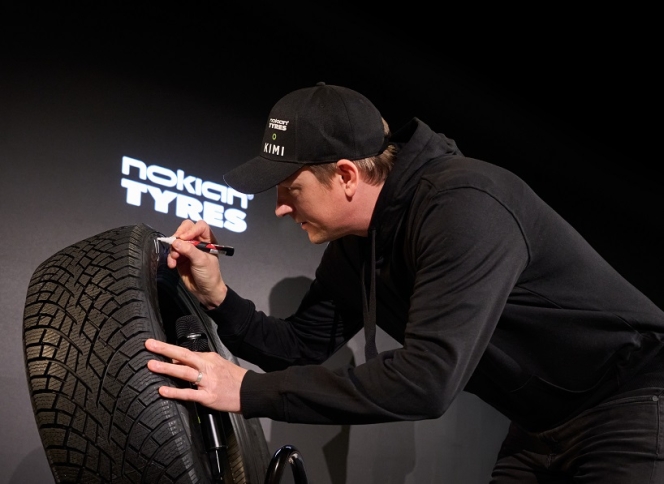
Nokian Tyres has named Formula 1 legend Kimi Räikkönen as its newest brand ambassador. This strategic partnership unites two Finnish powerhouses celebrated for excelling under extreme pressure. The company, a world expert in tyres for harsh conditions, aligns perfectly with Räikkönen, the famously cool and accomplished champion known as ‘The Iceman’.
For Nokian, this collaboration is a move to significantly amplify its international recognition. The brand gains a universally respected figure whose persona embodies the resilience and high performance intrinsic to its products. Räikkönen, whose celebrated career includes 21 Grand Prix victories and a World Championship, brings immense credibility and a global following.
Räikkönen notes a personal connection to the iconic Finnish brand, remembering it from his earliest days in motorsport. In his role, he will actively promote Nokian Tyres' capabilities to a worldwide audience, helping to convey their expertise in mastering the most demanding driving conditions on the planet.
Räikkönen said, “Perfect match, great to start working with Nokian Tyres, a brand I remember from the days when my parents drove me to karting tracks, before I even had a driver's license. In my opinion Nokian Tyres is an iconic Finnish brand, I'm excited to start spreading the good news about the great tyres to the world.”
Tiina Frazer, VP for Brand, Marketing and Communications at Nokian Tyres, said, “Some collaborations just make sense, and this is one of them. Kimi Räikkönen and Nokian Tyres share the same DNA: Finnish roots, uncompromising performance and the ability to thrive under pressure. Both are built for extremes – whether it’s conquering the racetrack or navigating roads in changing conditions and harsh weather.”
Bridgestone To Launch Two New Potenza Tyres in Japan in 2026
- By TT News
- December 02, 2025
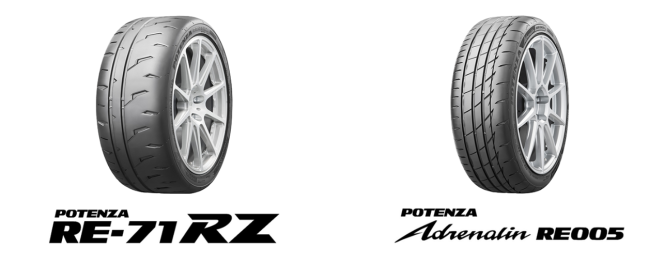
Bridgestone will introduce two new premium passenger car tyres in Japan next year, expanding its Potenza line as demand grows for products that offer both high performance and everyday usability. The company said it will release the Potenza RE-71RZ and Potenza Adrenalin RE005 in February 2026, with 61 and 40 sizes available respectively.
The RE-71RZ is positioned as a high-grip tyre for drivers who want strong performance on both circuits and public roads. Bridgestone said the model delivers faster lap times and better handling than its predecessor, the RE-71RS. At the Tsukuba Circuit 2000, the company recorded a 1.2% improvement in lap time compared with the previous model.
Professional drivers Masahiro Sasaki and Yuji Tachikawa supported the development work. Sasaki said, “As its strong point, ‘POTENZA RE-71RZ’ achieves a high level of performance in both grip and controllability. It delivers improved dry and wet performance for street use, while also achieving faster lap times and better wear resistance on the circuit. This tire delivers high performance in various situations, making it enjoyable and easy to handle for both everyday driving and circuit use.”
Tachikawa added, “This tire is designed for easy handling, allowing anyone to experience precise control along with excellent grip. The tire is focused on quick warm-up for immediate, high-grip performance as well as reliable wet grip, resulting in a well-balanced tire suitable for various driving conditions.”
Bridgestone said the RE-71RZ uses a new compound developed with motorsport know-how and its NanoPro-Tech technology, as well as a redesigned tread pattern and structure aimed at improving grip and wear resistance.
The Potenza Adrenalin RE005 targets a broader range of vehicles, including everyday passenger cars. It is intended for drivers seeking sharper handling in daily use while maintaining fuel efficiency and ride comfort. All 40 sizes meet the “A” grade for wet performance under Japan’s tyre standards, and 19 sizes also achieve an “A” grade for rolling resistance.
The company said the tyre offers stable handling at higher speeds, cornering confidence and better wet braking, supported by upgraded compounds, an A-shaped tread motif and structural changes that reduce energy loss.
Both products are expected to be sold in overseas markets after their launch in Japan.
Bridgestone said the new tyres reflect its long-running approach of using technologies developed in motorsport to improve products for road use. The company added that the Potenza brand will continue to support “safe and enjoyable car and motorsports culture” as part of its long-term E8 Commitment.


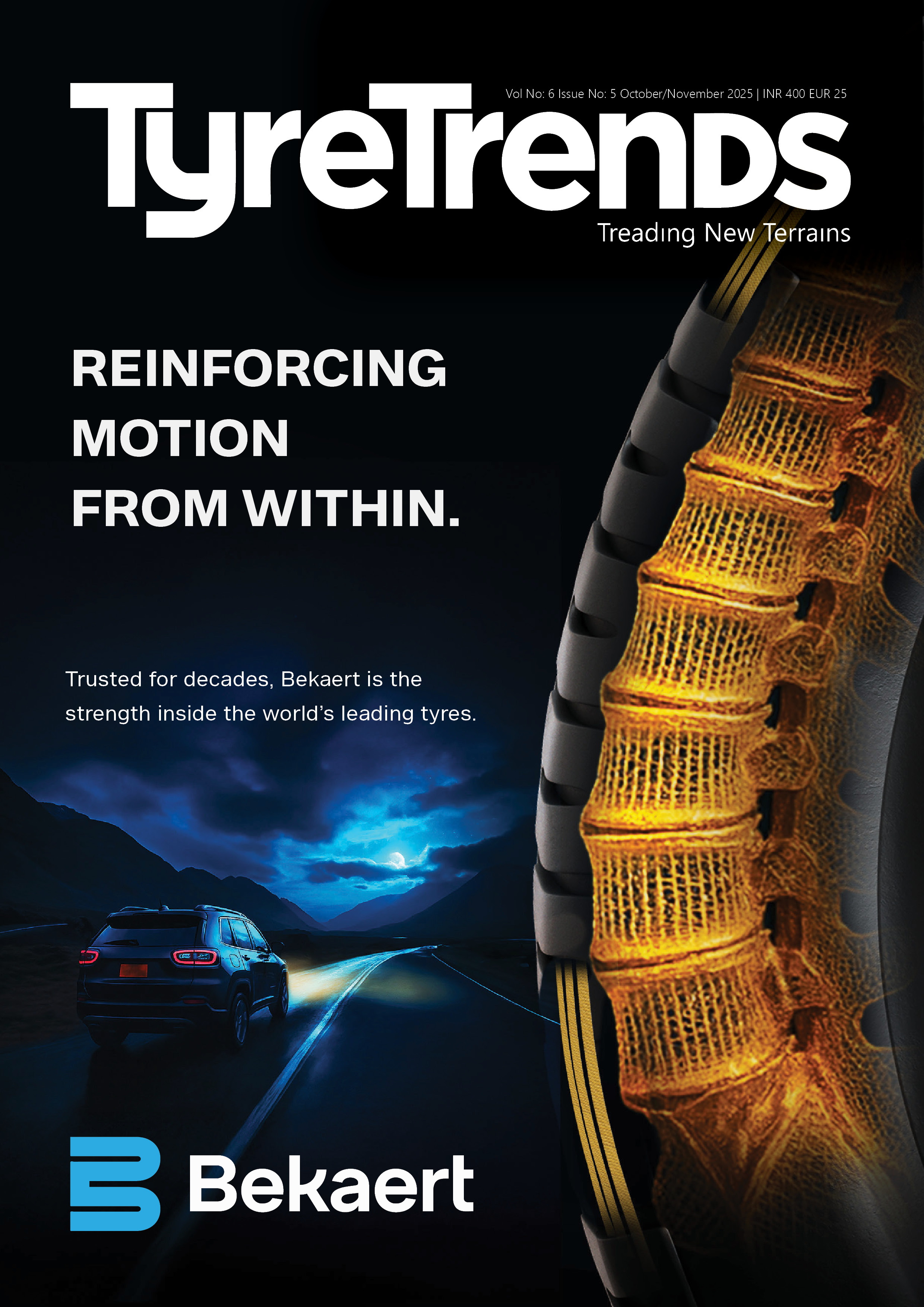
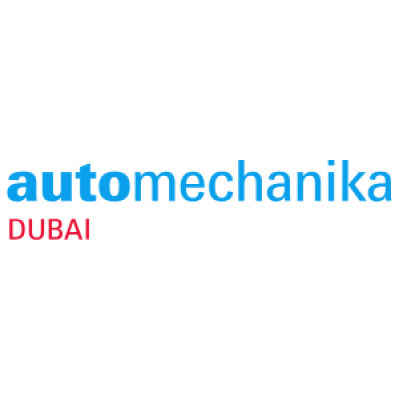



Comments (0)
ADD COMMENT